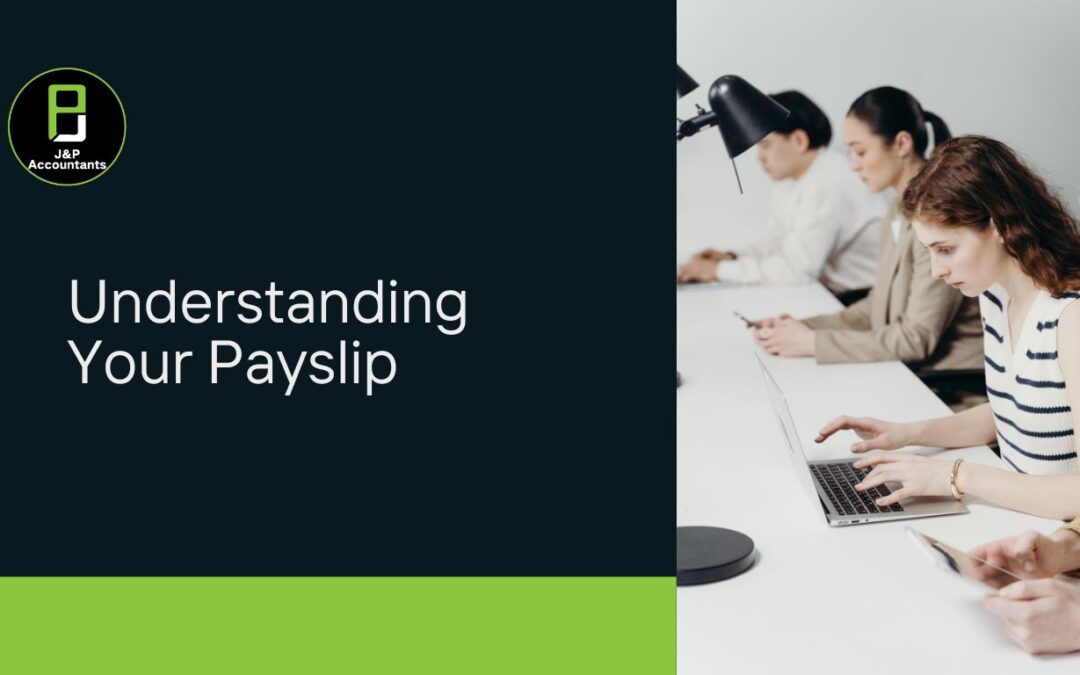What information should you include in the payslip you receive each month? What do unfamiliar code symbols mean?
Are there tax errors on your payslip? Did you pay excess tax?
This article will help you understand your payslip, and check the correct tax amount.
Information From Your Payslip
Regular payslip must be a written list issued in the name of the company, you may receive a paper version or an electronic version in PDF format with no problem.
The payslip must clearly state your gross salary amount and total after-tax salary, as well as a breakdown of the amount deducted for a fixed period (eg income tax, NI, etc.).
From April 2019 onwards, if you are paid for freelance hours, you will also need to check your payslip for the method of payment and the(hours) worked.
Additional Information: In addition to this, your employer may have provided additional NI numbers on the payslip along with additional payments (overtime or bonuses, etc.).
Payslip Self-Check
If you have a payslip handy, a quick check of your tax ID and code information may reduce the risk of paying the wrong tax.
1. Tax period: If you see the number after Mth, this represents the tax period for the payslip.
If your salary is paid monthly, the first month is April and the 12th month is March.
2. Tax ID: The tax ID is usually sent to the company by HMRC. A tax code tells your employer how much tax-free wages you will receive, and a wrong code can make you pay too much or too little tax.
3. National Insurance Number (NI): Having a National Insurance Number allows you to work in the UK for the rest of your life, even if you change your name. A correct National Insurance number records all contributions and establishes state benefit (pension, etc.) entitlements.
4. Deductions: The payslip will indicate the type and amount of tax deductions you should deduct and show your take-home pay. You can check the deduction in time and report any abnormal deductions.
Other Information
Student loans: If you are working and paying off your student loans, HMRC will tell your employer how to calculate and deduct the amount. You will need to keep payslips and P45 as repayment records to keep track of where repayments are going.
Sick Pay: If you have four or more consecutive sick days in a pay period, you will be paid sick pay, which is usually a separate number with a note.
Workplace benefits: Some workplace-acquired health insurance or public cars are also listed on the payslip, and these may affect your tax amount.




